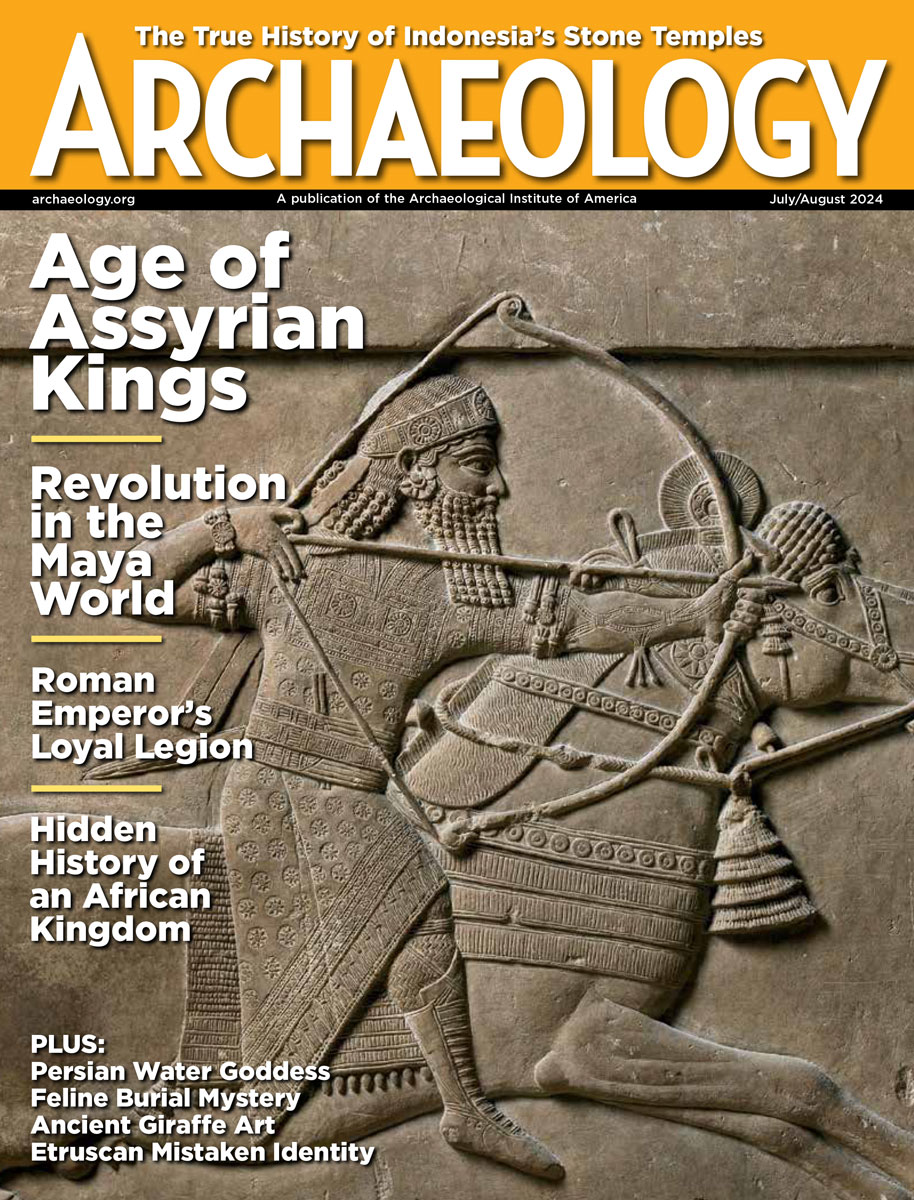Monday, October 6
October 6, 2008
Six villagers from the Maya Tzeltal and Tzotzil cultures were killed by Mexican police during a raid on the archaeological site of Chinkultic. Hundreds of villagers have occupied the entrance to the site for a month, protesting government management policies. Sixteen police officers were injured in the clash.
And, archaeologists had been pressing for criminal charges to be filed against the organizers of a Placido Domingo concert at Chichen Itza over the weekend. “These monuments are not there so that rich people can hold events at them,” said Cuauhtemoc Velasco, a leader of the archaeologists’ union.  Here’s a short report on the concert itself. Â
The National Museum at Herat in western Afghanistan was robbed of 1,300-year-old artifacts by a “very dangerous gang.” Â
Satellite images have revealed an adobe pyramid near Peru’s Nazca River and the site of Cahuachi, according to Nicola Masini and Rosa Lasaponara of Italy’s National Research Council.  Â
Yucca was among the crops grown 1,400 years ago at Joya de Ceren, a Maya village buried in ash from the Loma de Caldera volcano ca. 600 A.D. Beans, maize, squash, cacao, guava, and chili were also cultivated. Â
Using a technique called uranium series dating, scientists have found that Europe’s Palaeolithic cave paintings were created over periods of thousands of years. “If we can date the art, then we can relate that to the artifacts we find in the ground and start to link the symbolic thoughts of these individuals to where, when, and how they were living,” said archaeologist Alistair Pike of Bristol University. Â
In central Sweden, archaeologists have found traces of an undisturbed, eleventh-century stave church. A woman had been buried inside it. Â
A fragment of a sarcophagus that once held the remains of a Jewish high priest from the Second Temple Period has been found north of Jerusalem. The piece of limestone had been reused 1,000 years ago.  Â
Researchers entered the caves beneath the French city of Caen. “During the summer of 1944 here, in Caen, 15,000 Caen refugees experienced some of the most terrible conditions imaginable. By visiting these galleries we can better understand what they went through,” said historian Marc Pottier. Â
Artifacts discovered in Wakulla Springs, Florida, indicate that people may have instituted Spring Break earlier than previously thought.
- Comments Off on Monday, October 6









